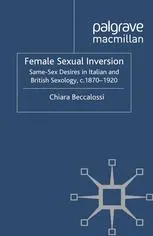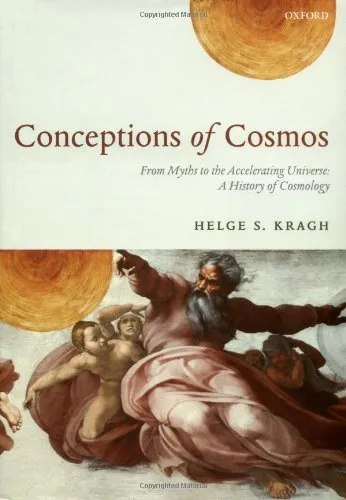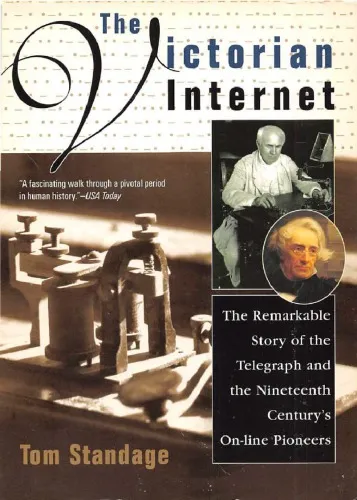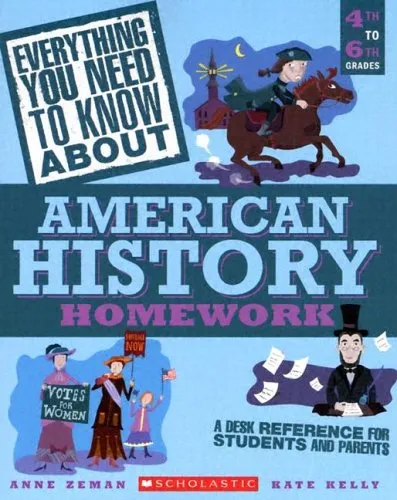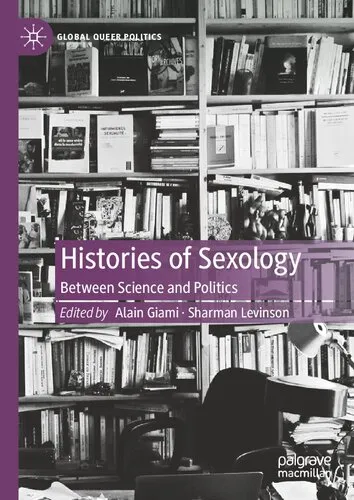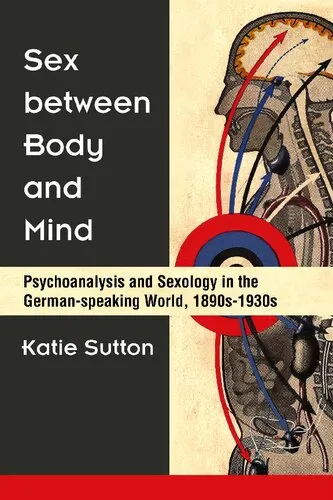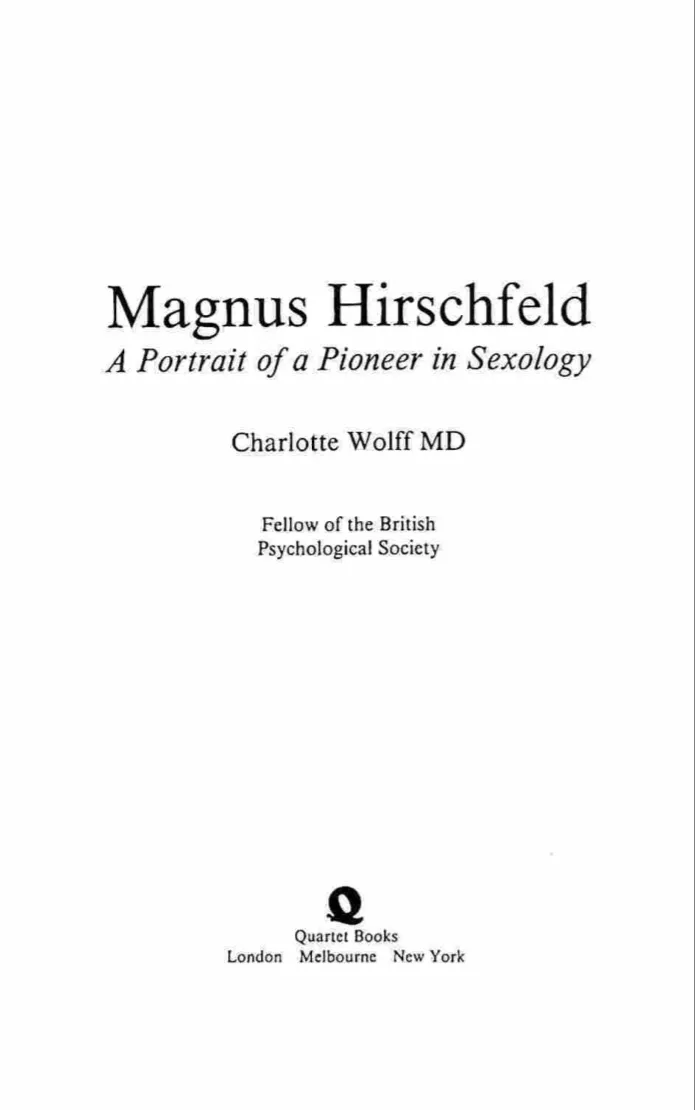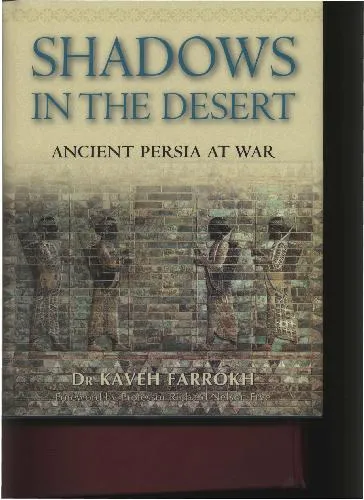Female Sexual Inversion: Same-Sex Desires in Italian and British Sexology, c. 1870–1920
4.5
Reviews from our users

You Can Ask your questions from this book's AI after Login
Each download or ask from book AI costs 2 points. To earn more free points, please visit the Points Guide Page and complete some valuable actions.Related Refrences:
Welcome to the introduction of the book Female Sexual Inversion: Same-Sex Desires in Italian and British Sexology, c. 1870–1920. This groundbreaking work delves deep into the historical and sociocultural conceptualization of same-sex desires among women, providing a nuanced exploration of the birth and evolution of female sexual inversion within scientific discourse. In this text, author Chiara Beccalossi critically examines the roles played by Italian and British sexology in shaping public and medical perceptions of female sexuality from the late 19th century to the early 20th century. It is an essential resource for scholars interested in gender studies, sexuality, and medical history.
Detailed Summary of the Book
Female Sexual Inversion: Same-Sex Desires in Italian and British Sexology, c. 1870–1920 investigates how sexologists in Italy and Britain conceptualized female homosexuality during a pivotal period in history. The book highlights the intersections between science, medicine, gender norms, and societal attitudes toward same-sex attraction. Beccalossi critically addresses the role of sexologists, such as Richard von Krafft-Ebing and Havelock Ellis, in advancing theories on sexual inversion—a term used at the time to describe individuals whose sexual preferences diverged from societal norms.
Drawing upon detailed analysis of medical texts, case studies, and contemporary societal norms, the book explores how the phenomenon of female sexual inversion was pathologized and regarded as a degenerative or abnormal condition. It situates these perspectives within larger cultural contexts, emphasizing the influence of Victorian moralities and Catholic conservatism.
The book further examines how these evolving concepts influenced public perceptions of female homosexuality and contributed to stigmatization. Ultimately, it reveals a complex tapestry illustrating both an effort to understand same-sex desires and an attempt to control and categorize human sexuality through medical authority.
Key Takeaways
- Scientific conceptualization of female sexual inversion was deeply influenced by sociopolitical and cultural norms of the late 19th and early 20th centuries.
- Sexologists played a pivotal role in both understanding and pathologizing same-sex desires. Their work created foundational concepts that continue to ripple through modern debates on sexuality and gender identity.
- Italian and British approaches to female sexual inversion differed significantly, rooted in their respective cultural, religious, and medical traditions.
- The theories formulated during this era reveal the biases and prejudices of a time when scientists sought to categorize human behavior into rigid frameworks.
- The book underscores the importance of interrogating historical perspectives in order to inform contemporary understandings of human sexuality and gender expression.
Famous Quotes from the Book
"Sexology in the late nineteenth century was as much a science of control as it was a science of discovery."
"Female sexual inversion was not merely a medical condition; it was a window through which societal anxieties regarding gender and morality could be observed."
"The striking divergence between Italian and British sexological texts highlights the power of cultural context in shaping scientific understanding."
Why This Book Matters
Female Sexual Inversion: Same-Sex Desires in Italian and British Sexology, c. 1870–1920 is a vital contribution to the field of gender and sexuality studies. By dissecting the medical and social frameworks that shaped perceptions of same-sex desire, this book provides readers with an essential lens for understanding how historical attitudes inform present-day biases and societal dynamics.
The book's focus on both Italian and British sexological traditions offers a cross-cultural perspective that is often missing in historical analyses of sexuality. This comparative approach not only enriches the discourse but also challenges us to recognize the ways in which history and culture shape scientific inquiry.
Furthermore, Beccalossi's rigorous examination of sexology’s history invites reflection on the contemporary trajectory of LGBTQ+ rights. It reminds us of the impact of scientific and medical narratives on public attitudes and individual lives.
In an era where discussions of gender identity and sexual orientation grow increasingly urgent, this book serves as a timely reminder of the importance of historical knowledge and critical analysis in shaping future discourses.
Free Direct Download
You Can Download this book after Login
Accessing books through legal platforms and public libraries not only supports the rights of authors and publishers but also contributes to the sustainability of reading culture. Before downloading, please take a moment to consider these options.
Find this book on other platforms:
WorldCat helps you find books in libraries worldwide.
See ratings, reviews, and discussions on Goodreads.
Find and buy rare or used books on AbeBooks.
1194
بازدید4.5
امتیاز0
نظر98%
رضایتReviews:
4.5
Based on 0 users review
Questions & Answers
Ask questions about this book or help others by answering
No questions yet. Be the first to ask!
